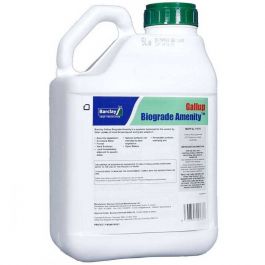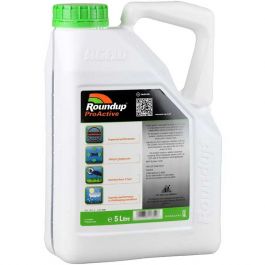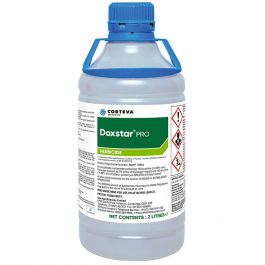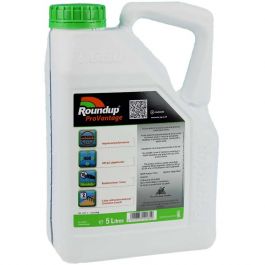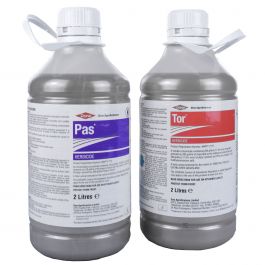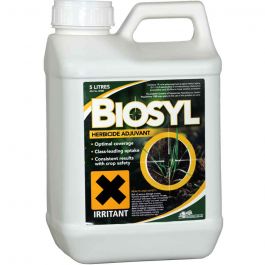How to Get Rid of Chickweed

Page Contents:
- Biology & Growth Habits
- Chickweed in Paddocks and Grassland
- Chickweed Control and Treatment
- Products to Control Common Chickweed
- What equipment can be used
- FAQs
Chickweed - The problem is spreading...
Chickweed has adapted to survive in a number of different situations. It is a constant headache for gardeners, farmers and paddock owners alike who find it a resilient weed that soon dominates a grass sward by filling in the gaps in turf.
Biology & Growth Habits:
Common Chickweed (Stellaria media) is characterised by a low growing habit and produces numerous flowers over a long period before distributing the seeds widely via birds, human traffic and the spreading of animal manures.
Cool temperatures are no barrier to chickweed growth with seed germination continuing down to 3 ℃.
Plants can set seed all year round, producing at least 1,300 seeds per plant and it only takes five-six weeks from germination to shedding seed. Individual plants can produce four to five generations per year. Chickweed grows best in rich, frequently cultivated or turned soils such as allotments but also thrives in grazed paddocks and amenity turf and lawns.
Paddocks / Grassland:
Chickweed often indicates a rich or well fertilised field – prefering high potash and high nitrogen levels that may also indicate low phosphorous levels.
Mowing or topping does not help control chickweed and may even promote growth by reducing tall, competitive shading plants and nitrogen-rich grass clippings feeding the soil.
Chickweed left to grow out of control can reduce grazed grass production, hay or silage production by up to 25%.

Chickweed Control and Treatment:
Continued spraying with a mecoprop-P or a sulfonyurea product may cause some herbicide resistance issues concerning the control of chickweed.
Manual hoeing should be done only in dry conditions because a plant can re-root if left on wet soil. Be careful pulling up plants – even seeds not fully formed can still mature & germinate if left lying around.
Spraying can be done with a total herbicide or with a selective weedkiller to avoid killing grass in paddocks, lawns, etc
Products to consider to control Common Chickweed are:
SELECTIVE weed killer:
TOTAL weed killer:
Adding an adjuvant to a Roundup product or Gallup Biograde such as Validate or Biosyl can increase the efficacy of these products.
What Equipment Can be Used?
Depending on the product that you are going to be applying you may need to use different pieces of equipment. This is due to the fact that certain products only have approval for application through boom sprayers while others are able to be applied through both handheld sprayers/knapsack sprayers and boom sprayers. For example, Doxstar Pro and Pas-Tor only have approval to be applied via a boom sprayer.
Take a look below at our range of equipment that is perfect for applying treatment to chickweed:
- Knapsack Sprayers
- Boom Spray Options
FAQs
Why do I need to control chickweed?
Chickweed plants can produce up to 1300 seeds each and they can spread easily making them difficult to control if left too long. This means they can smother other more desirable plants in your garden
Does chickweed have any benefits?
Chickweed can be a good food source for a variety of small birds and insects

